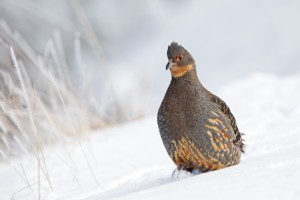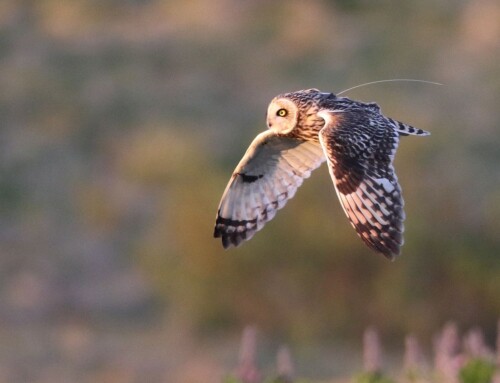 LINKED PAPER
LINKED PAPER
Niche partitioning among three montane ground‐dwelling pheasant species along multiple ecological dimensions. Wang, B., Xu, Y., Price, M., Yang, N., Liu, W., Zhu, B., Zhong, X. & Ran, J. 2021. IBIS. DOI: 10.1111/ibi.12842. VIEW
In 1959, G. Evelyn Hutchinson published a paper entitled “Homage to Santa Rosalia or Why Are There So Many Kinds of Animals?” The first part of this title refers to the patroness of Palermo, because he found inspiration for his ecological theory while observing water boatmen (insects from the family Corixidae) in a small artificial pond close to a relic for Santa Rosalia. Hutchinson noticed that two species – Corixa punctata and C. affinis – occurred in the small pond, which led him to muse about an ecological explanation for their coexistence. This casual observation led to the development of the multidimensional niche theory where species occupy particular sections of an ecological dimension, such as space, time or diet (Schoener 1974). For example, two bird species might use different parts of a tree to avoid direct competition. So, whenever you see similar species in the same area, you can ask yourself which ecological dimensions allow them to coexist.
Three pheasants
On the Qinghai-Tibet Plateau, three pheasant species can be observed in the same area: the blood pheasant (Ithaginis cruentus), the buff-throated partridge (Tetraophasis szechenyii) and the white eared pheasant (Crossoptilon crossoptilon). A team of Chinese ornithologists performed detailed observation in the Gexigou National Nature Reserve to determine how these species can coexist. They found that “niche partitioning within the studied montane pheasant guild mainly occurred with microhabitat use and foraging strategy, with no temporal partitioning.” Let’s have a look at the details.

Figure 1. Microhabitat use differs between the three pheasant species. Blood pheasant (green), buff-throated partridge (red) and white eared pheasant (blue) were found in different vegetation types.
Microhabitats
The three species thus use different microhabitats (Xu et al. 2017). The buff-throated partridge can be found at higher elevation and prefers shadier regions compared to the other two species. Blood pheasant and white eared pheasant do overlap in microhabitat use, but differ in their foraging strategies and their preferred food items. Blood pheasants use a pacing-picking strategy where individuals pace around continuously and forage on the above-ground parts of plants, while white eared pheasants mainly follow a standing-pecking strategy where they remain stationary and look for food in the soil. These differences in microhabitat use and foraging strategy probably decrease interspecific competition, allowing these pheasants to coexist without changing their daily schedules. They can keep picking and pecking side by side.
References
Hutchinson, G. E. (1959). Homage to Santa Rosalia or why are there so many kinds of animals?. The American Naturalist 93: 145-159. VIEW
Schoener, T. W. (1974). Resource partitioning in ecological communities. Science 185: 27-39. VIEW
Xu, Y., Wang, B., Dou, L., Ran, J. H., Liu, S. R., Yue, H. Q., Yang, L., Zong, J. & Li, B. J. (2017). Habitat selection by three sympatric high-mountain Galliformes. Sichuan Journal of Zoology 36: 258-265. VIEW
Image credits
Top right: Buff-throated partridge (Tetraophasis szechenyii) | Henry Koh | CC BY-SA 2.0 Wikimedia Commons
Blog posts express the views of the individual author(s) and not those of the BOU.
If you want to write about your research in #theBOUblog, then please see here




